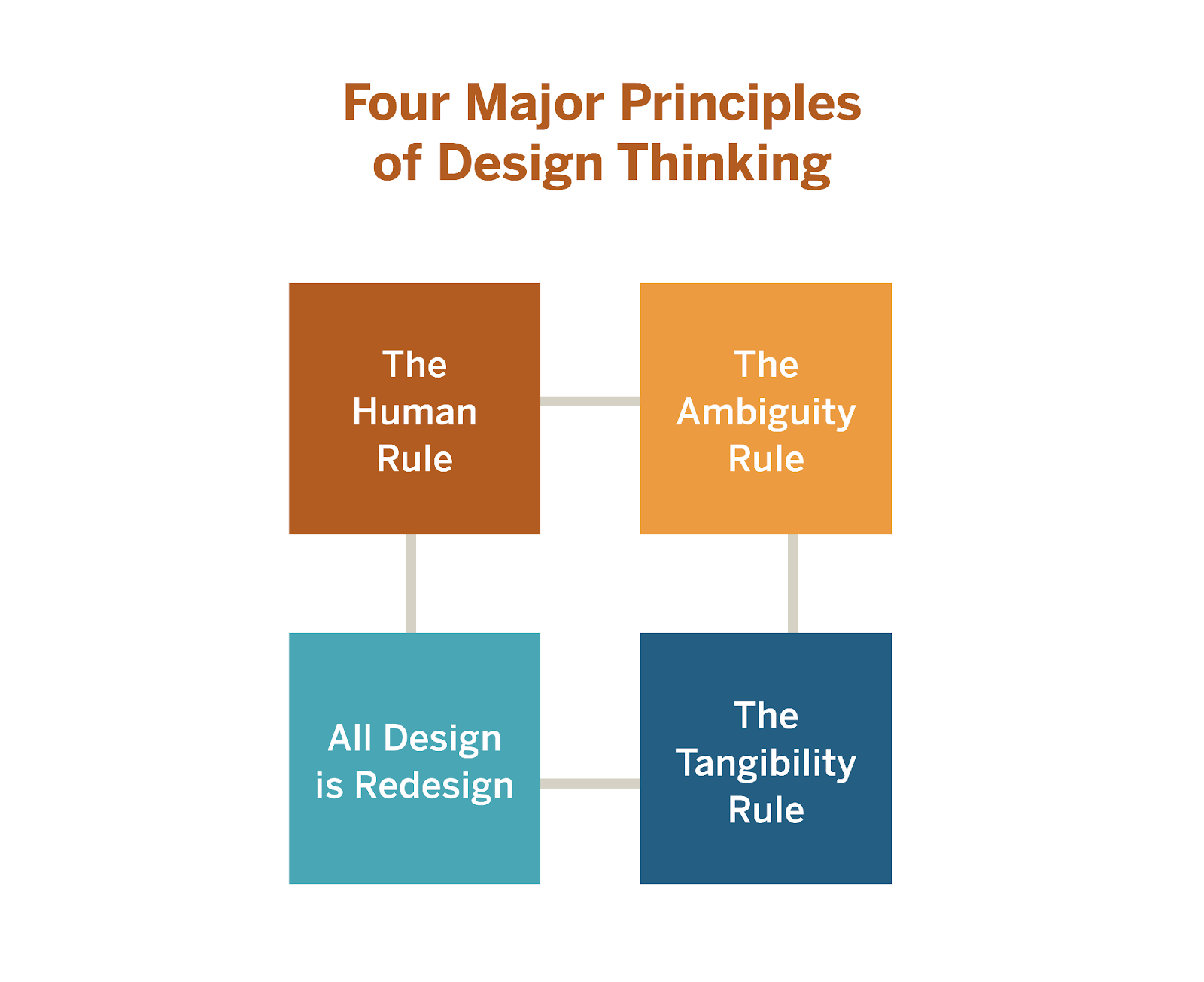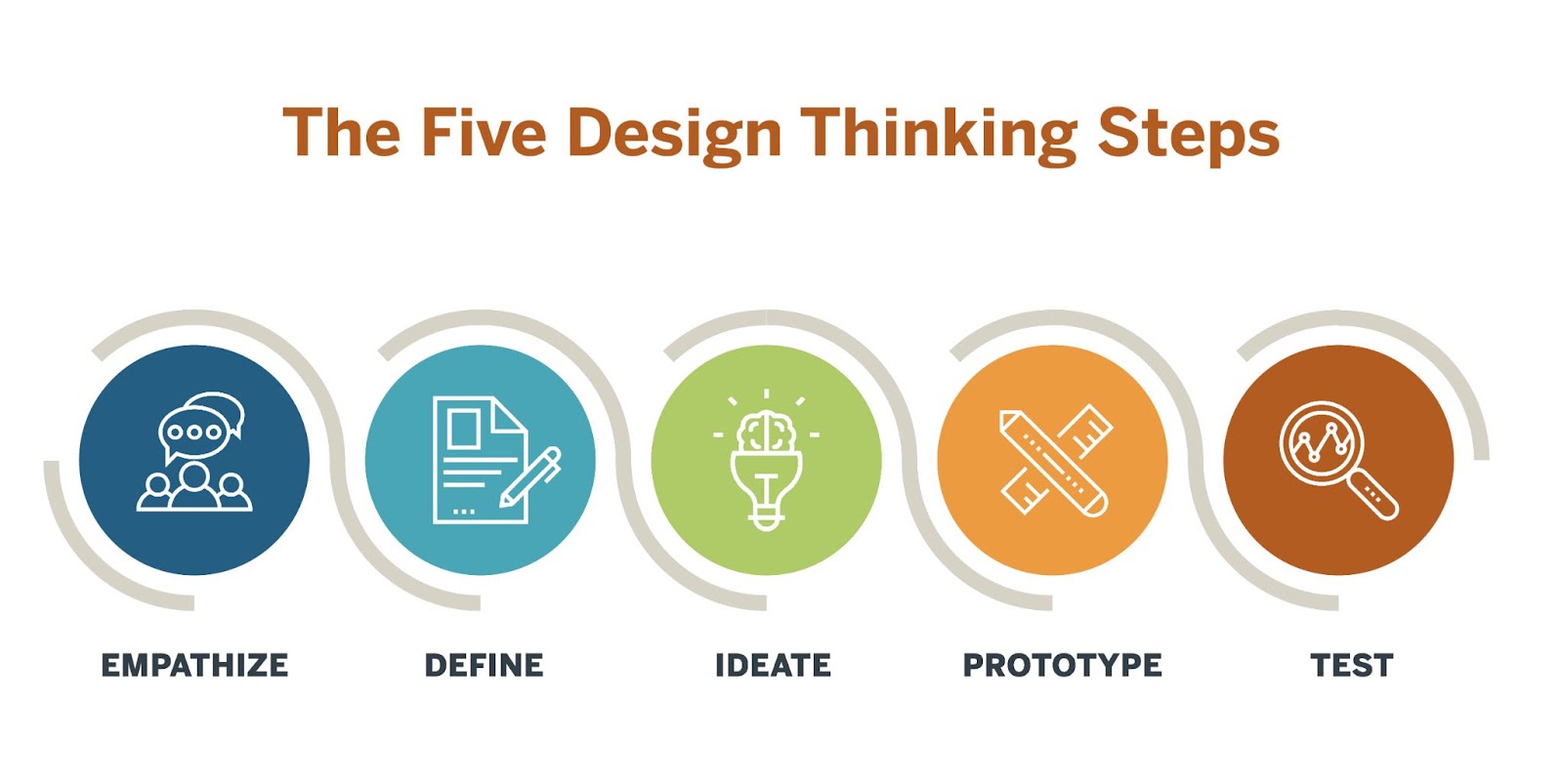Design thinking is here to stay. A growing number of businesses and industries are taking this innovative approach to solving problems from a human-centered perspective, since design thinking can be used to improve existing products and services, as well as determine which new ideas can best serve customers and attract new clients. It also aims to solve complicated problems by focusing on the user, bringing principles of user experience and design into the decision-making process around any type of business activity.
While the design thinking process is known for its use by designers, it is also used by innovators in all aspects of life, including in business, music, art, and science. With a human-centered, problem-solving approach, design thinking methodology can empower businesses of all kinds to effectively and innovatively approach their concerns. You can implement this framework in your business as well. With the right education and training, design thinking principles can improve your decision-making process in any industry.

 Live Chat
Live Chat


